The biggest book publishing companies globally are Penguin Random House, HarperCollins, Simon & Schuster, Macmillan and Hachette Book Group. They are referred to as the Big 5, collectively dominating a significant share of the book market.
If you are an aspiring or established author, it is important to know about the biggest book publishing companies in the industry. This article provides an overview of the Big 5 publishers — the largest and most influential companies in the book publishing world. The Big 5 include Penguin Random House, HarperCollins, Macmillan, Simon & Schuster and Hachette. These largest traditional publishers control over 80% of the trade book market in the US. Globally, they control 25% of the publishing market.
From their size and market reach to famous publications and submission guidelines, this article will discuss everything you need to know about these major players in the publishing industry.
Penguin Random House
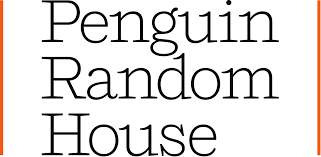
Penguin Random House was formed in 2013 through the merger of Penguin Group and Random House. Ever since, it has held a significant position in the global publishing landscape. Originating in 1935 with Allen Lane’s groundbreaking introduction of affordable paperbacks, Penguin Group revolutionised book accessibility. On the other side of the Atlantic, Random House, established itself in 1927. The 2013 merger aimed at consolidating strengths, fostering global reach and adapting to industry changes. Now, the company operates under the umbrella of the German media conglomerate Bertelsmann.
Size and market reach
In 2023, Penguin Random House generated revenue of over €4.53 billion, up from just over four billion in the previous year. Moreover, Penguin Random House is the international home to more than 300 publishing imprints. They also count over 80 Nobel Prize laureates and hundreds of the world’s most widely read authors as part of the Penguin Random House family. In addition, they have more than 10,000 employees worldwide. Finally, Penguin Random House publishes 70,000 digital and 15,000 print titles annually, with over 100,000 eBooks available worldwide.
- The Girl on the Train by Paula Hawkins: A psychological thriller that became a global phenomenon. Riverhead Books, an imprint of Penguin Random House, published it.
- Fifty Shades of Grey by E. L. James: Originally self-published, the immensely popular Fifty Shades trilogy found even greater success when acquired and republished by Vintage Books, a division of Penguin Random House.
- The Da Vinci Code by Dan Brown: Released by Doubleday, a part of Penguin Random House, this mystery thriller became a worldwide bestseller, captivating readers with its plot twists and historical references.
- Becoming by Michelle Obama: The memoir of the former First Lady was published by Crown Publishing Group, an imprint of Penguin Random House, and became a bestseller, providing insights into her life and experiences.
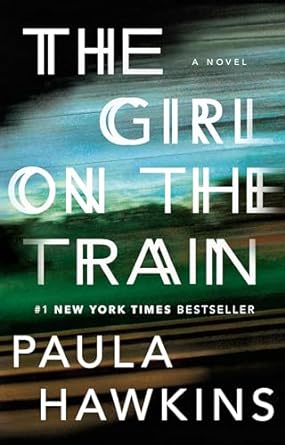


How to publish with Penguin Random House?
Penguin Random House does not generally accept unsolicited manuscripts. Instead, they recommend authors work with an established literary agent. However, some of their imprints accept unsolicited submissions of manuscripts sent by authors:
- DAW Books, an imprint of Penguin Random House and a sci-fi publisher, accepts unsolicited submissions of science fiction and fantasy novels.
- Another Penguin Random House imprint, Prestel Publishing, accepts unsolicited proposals, which focus on art, architecture, design and photography.
Hachette
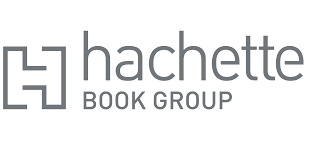
Louis Hachette established his this publishing company in 1837 in Paris, France. Since then, it has grown into one of the world’s biggest book publishing companies. The Hachette Book Group, as it is known today, formed through a series of mergers and acquisitions. In 2006, Hachette acquired Time Warner Book Group, which included Grand Central Publishing and Little, Brown and Company, forming Hachette Book Group USA. The company has a rich history of publishing influential and bestselling authors across various genres.
Size and market reach
Hachette brings together over 200 imprints across the globe. The Group publishes 15,000 new titles per year on average, in a many languages — mainly French, English and Spanish. The Group reported a global revenue of €2.81 billion in 2023. Hachette is now France’s number-one publisher. In turn, Hachette UK is the second-largest British publishing group. Over 50 publishing houses organised into 12 independent divisions issue about 5,000 books annually.
Famous publications
- The Girl with the Dragon Tattoo by Stieg Larsson: Hachette Book Group, under its imprint Vintage Crime/Black Lizard, introduced English-speaking audiences to the first part of Larsson’s Millennium series.
- Alex Cross series: James Patterson’s iconic Alex Cross series has found its publishing home at Hachette Book Group under its imprint Little, Brown and Company.
- The Immortal Life of Henrietta Lacks by Rebecca Skloot: Hachette Book Group, under its imprint Broadway Books, brought readers The Immortal Life of Henrietta Lacks in 2010.
- Nicholas Sparks’ novels: Nicholas Sparks’s heartwarming novels, including The Notebook, have been published by Hachette Book Group under its imprint Grand Central Publishing.
- The Catcher in the Rye by J. D. Salinger: Hachette’s imprint Little, Brown and Company published Salinger’s iconic novel in 1951.

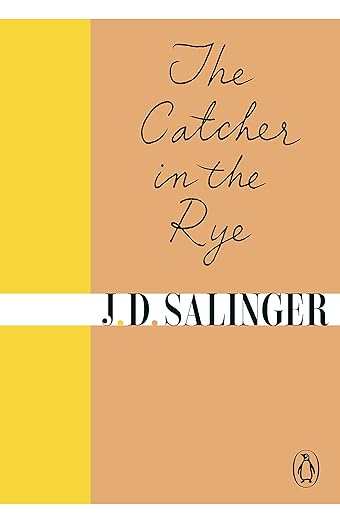

How to publish with Hachette?
Hachette generally only accepts submissions sent by an agent and does not accept any unsolicited manuscripts. However, some if its imprints are open to unsolicited manuscript submissions:
- Forever Yours accepts romance and women’s fiction submissions, particularly contemporary, diverse reads, romantic suspense, historical and paranormal.
- Artisan Books, part of Hachette’s Workman Publishing division, is open to proposals for non-fiction works that include cookbooks, art and craft books.
- Storey Publishing, also part of the Workman division, is open to non-fiction submissions on topics like gardening, crafts, cooking, nature and farming.
HarperCollins
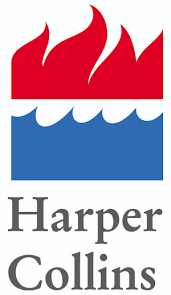
One of the world’s biggest book publishing companies, HarperCollins, traces its roots back to 1817. That year, brothers James and John Harper established J. & J. Harper in New York City. The publishing house gained prominence for releasing literary classics and notable authors, such as Mark Twain and the Brontë sisters. Over the years, the company underwent various mergers and acquisitions. In 1987, Harper & Row merged with UK-based Collins Publishers, forming HarperCollins Publishers. The company has continued to expand its global presence, establishing itself as a powerhouse in the publishing industry.
Size and market reach
HarperCollins, the third company among the biggest book publishing companies in the world, generated revenue of over $2.09 billion in 2023. Headquartered in New York, it has more than 4,000 employees working across publishing operations in 15 countries and 120 branded imprints. The company publishes approximately 10,000 new books annually in 16 languages and has a print and digital catalogue of more than 200,000 titles.
Famous publications
- The Alchemist by Paulo Coelho: Originally published in Portuguese, the English translation of this philosophical novel was released by HarperOne, an imprint of HarperCollins.
- The Chronicles of Narnia series by C. S. Lewis: The beloved fantasy series, including The Lion, the Witch and the Wardrobe, was published by HarperCollins under its imprint Harper Trophy.
- The Hobbit by J. R. R. Tolkien: In 1937, HarperCollins, through its imprint George Allen & Unwin, published Tolkien’s classic fantasy novel.
- The Lord of the Rings trilogy by J. R. R. Tolkien: HarperCollins, through its imprint George Allen & Unwin, published Tolkien’s trilogy between 1954 and 1955.
- To Kill a Mockingbird by Harper Lee: Published by J. B. Lippincott & Co. (now a part of HarperCollins), this Pulitzer Prize-winning classic is a seminal work exploring racial injustice in the American South.
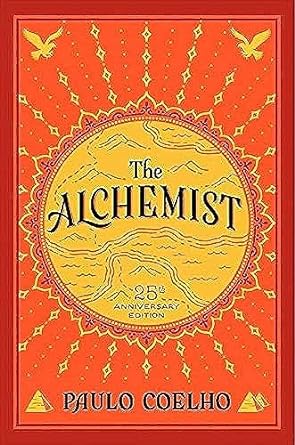

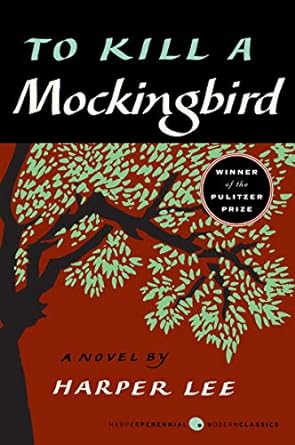
How to publish with HarperCollins?
HarperCollins does not accept unsolicited submissions. Instead, they recommend authors work with an established literary agent.
Macmillan
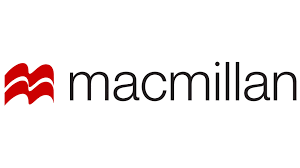
In 1843, Scottish brothers Daniel and Alexander MacMillan founded the publishing company. Beginning as a small bookshop in Cambridge, England, Macmillan evolved into a major international publishing house. The company played a pivotal role in publishing famous literary works, including those of Lewis Carroll and Alfred Lord Tennyson. Over the years, Macmillan expanded its reach through acquisitions and partnerships. In 1989, Macmillan became a German publishing group Verlagsgruppe Georg von Holtzbrinck subsidiary. In 2015, Macmillan imprints, Macmillan Education and Palgrave Macmillan, merged with Springer and Nature Publishing to form Springer Nature. Today, Macmillan Publishers is one of the biggest book publishing companies in the world.
Size and market reach
Macmillan’s list features bestselling, award-winning authors, including Nobel Prize and Pulitzer Prize winners. The company operates in over 70 countries, with imprints in the US, Germany, the UK, Australia, South Africa and India. In 2022, it generated $1.24 billion in revenues.
Famous publications
- Alice’s Adventures in Wonderland by Lewis Carroll: Lewis Carroll worked with one of the co-founder brothers, Alexander MacMillan, to publish Alice’s Adventures in 1894.
- The Jungle Book by Rudyard Kipling: Rudyard Kipling’s stories were first printed in magazines in 1893 and 1894; in 1865, they were published by Macmillan.
- Gone with the Wind by Margaret Mitchell: First released in 1936 by Macmillan, the novel was a major success, earning Margaret Mitchell the Pulitzer Prize for Fiction.
- The Wonderful Wizard of Oz by L. Frank Baum: Macmillan published Wizard of Oz through its imprint of George M. Hill Company.
- A Wrinkle in Time by Madeleine L’Engle: Published in 1962 by Macmillan’s Farrar, Straus and Giroux imprint, A Wrinkle in Time is a groundbreaking work of young adult science fiction.
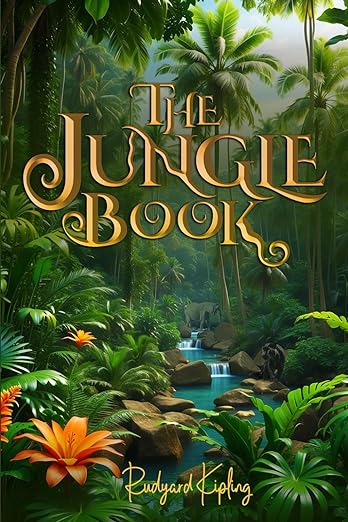


How to publish with Macmillan?
Macmillan does not accept unsolicited submissions. They recommend using Literary Marketplace to find an agent who could pitch the manuscript.
Simon & Schuster
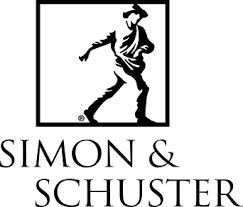
In 1924, Richard L. Simon and M. Lincoln Schuster found the publishing house. Schuster was initially focused on crossword puzzle books, but it quickly diversified its offering to include notable authors, such as F. Scott Fitzgerald and Ernest Hemingway. Over time, the publishing house expanded its reach through strategic acquisitions, merging with various entities. In late 2023, Paramount Global, Simon & Schuster’s parent company, announced that it had agreed to sell Simon & Schuster to investment firm Kohlberg Kravis Roberts for $1.62 billion.
Size and market reach
Simon & Schuster reported a record $1.1 billion in revenue in 2022. The company publishes more than 2,000 titles annually under 35 different imprints. As one of the biggest book publishing companies worldwide, they have approximately 1,500 employees. Moreover, they can distribute their titles in physical and digital editions in more than 100 countries and territories around the world. Furthermore, Simon & Schuster has publishing and distribution operations in the US, Canada, the UK, Australia and India, as well as an international sales presence in every major market.
Famous publications
- Catch-22 by Joseph Heller: this classic satirical novel was released under the imprint of Simon & Schuster Paperbacks in 1961.
- The Great Gatsby by F. Scott Fitzgerald: Simon & Schuster, through its Scribner imprint, published The Great Gatsby in 1925
- Steve Jobs by Walter Isaacson: Simon & Schuster published in 2011 the biography of Apple co-founder Steve Jobs, authored by Walter Isaacson.
- All the Light We Cannot See by Anthony Doerr: Released in 2014 by Simon & Schuster, the novel received critical acclaim and won the Pulitzer Prize for Fiction.
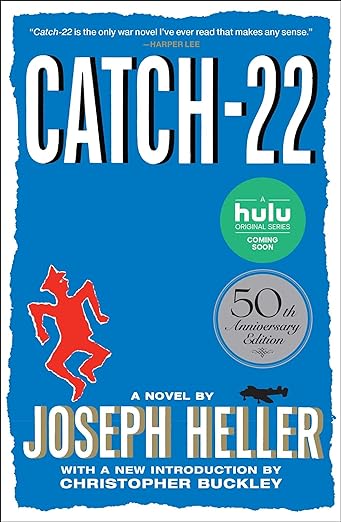


How to publish with Simon & Schuster?
Simon & Schuster does accept unsolicited manuscripts. However, they suggest prospective authors and illustrators submit their manuscripts through a professional literary agent. Simon & Schuster also has an initiative for self-publishing authors called Archway Publishing.
Preparing your manuscript for submission to the publisher
Preparing a book manuscript for submission to publishers can be daunting, especially for new and aspiring authors. One way to ensure your manuscript is polished and ready for submission is to use professional editing services. Authors can choose from different editing services depending on their needs and preferences.
Copyediting: Copyediting focuses on grammar, punctuation, spelling and syntax. A copyeditor will review your manuscript and correct any errors or inconsistencies in language usage and formatting. This type of editing is essential for ensuring your manuscript is clear, concise and easy to read.
Line editing: Line editing goes beyond copyediting and focuses on improving the flow and structure of your manuscript. A line editor will review your manuscript at the sentence and paragraph level and may suggest changes to improve the pacing, tone and voice of writing. This type of editing is ideal for authors who want to enhance their manuscript’s overall quality and readability.
Developmental editing: Developmental editing is a comprehensive form of editing that focuses on the big picture of your manuscript. A developmental editor will review your manuscript for plot, character development, pacing and structure. They may also provide feedback on themes, motifs and symbolism. This type of editing is ideal for authors who want to refine their manuscript’s story and ensure that it resonates with readers.
Proofreading: Proofreading is the final stage of the editing process and focuses on catching any remaining errors or typos before publication. A proofreader will review your manuscript for spelling, grammar, punctuation and formatting errors. This type of editing is essential for ensuring that your manuscript is error-free and ready for publication.
Final thoughts
In conclusion, authors should be familiar with the biggest book publishing companies in the industry: Penguin Random House, HarperCollins, Macmillan, Simon & Schuster and Hachette. By understanding the profiles of these major players in the publishing industry, authors can make informed decisions about where to submit their manuscripts and how to navigate the complex world of book publishing.
When preparing to submit the manuscript to a publishing house, authors may consider using professional editing services. These services can include copyediting, developmental editing and proofreading. While these services come at an additional cost, they can be a great help for authors, improving the quality of their work and increasing their chances of getting published.
If you are considering submitting your manuscript to one of these publishing companies, contact me for a free sample edit of your text (and remember to use my early bird discount). I am an experienced editor working with non-fiction, academic and business books.


